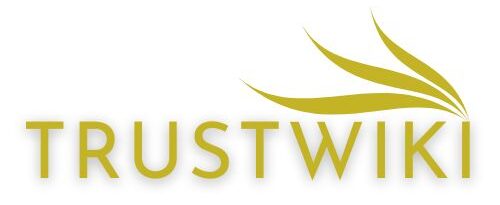Australia’s Islamic finance sector has experienced remarkable growth over the past decade, with total assets under management expanding from AU$8.9 billion in 2015 to approximately AU$22.3 billion by early 2024, according to the Islamic Finance News Australia Report. This growth trajectory reflects both increasing domestic demand from Australia’s Muslim population—now exceeding 800,000 individuals—and substantial interest from international investors seeking diversified faith-aligned opportunities in a stable economic environment. The development of sophisticated screening methodologies has enabled financial institutions to create investment vehicles that generate competitive returns while maintaining strict adherence to religious principles. For investors navigating this specialized landscape, understanding the unique characteristics of Shariah-compliant income funds in Australia requires examination of both the religious parameters that shape these investments and the regulatory framework within which they operate.
Distinctive Operational Structures Versus Conventional Alternatives
Australian Shariah-compliant funds employ fundamentally different operational mechanisms compared to their conventional counterparts. Rather than utilizing interest-based lending models, these vehicles typically implement ijara (leasing), mudaraba (profit-sharing), and musharaka (joint venture) structures that distribute actual economic gains rather than predetermined interest payments. The distinction proves particularly significant within fixed-income portfolios, where conventional bond exposure gets replaced by sukuk instruments fundamentally backed by tangible assets. These structural differences necessitate specialized legal documentation, with leading Australian providers like Crescent Wealth and Hejaz Financial Services maintaining dedicated teams of both financial and religious experts who ensure transactions satisfy both regulatory requirements and religious principles. The ownership-based models inherent in these funds typically result in closer alignment with underlying asset performance compared to conventional debt instruments, creating distinctive risk-return profiles that warrant careful analysis beyond simplistic yield comparisons.
Comprehensive Screening Methodologies Beyond Basic Exclusions
Australia’s premier Islamic funds implement multi-layered screening frameworks that substantially exceed simplistic sector exclusions. Primary business activity screens eliminate enterprises generating revenue from prohibited sources including alcohol, gambling, conventional financial services, pork-related products, tobacco, weapons, adult entertainment, and certain forms of conventional insurance. Secondary quantitative screens impose strict financial thresholds: debt-to-total-assets ratios must remain below 33%, interest-based income cannot exceed 5% of total revenue, and accounts receivable must stay under 45% of total assets. Leading Australian providers utilize sophisticated software systems that continuously monitor compliance across portfolio holdings, triggering automatic divestment protocols when violations occur. The Australian Council of Financial Regulators has recently acknowledged these screening methodologies as representing best practice for values-based investing more broadly, with several conventional ethical funds now adopting similar frameworks.
Unique Distribution Mechanisms and Tax Considerations
Distribution patterns from Australian Shariah-compliant income funds differ substantially from conventional counterparts due to fundamental structural differences. While conventional funds frequently distribute interest income and capital gains, Islamic alternatives specifically segregate returns into profit distributions and capital returns, each carrying distinct tax implications for Australian investors. The Australian Taxation Office recognizes the unique characteristics of these instruments, applying specific guidelines outlined in Taxation Ruling 2010/5 that addresses their distinctive profit-sharing models. Investors should note that income derived from Shariah-compliant funds typically qualifies for franking credits when sourced from domestic equities, creating potential tax advantages for Australian residents. However, the purification process—whereby small portions of inadvertent interest income get donated to charity rather than distributed to investors—can create minor discrepancies between gross and net distributable returns that should be incorporated into yield calculations and tax planning.
Liquidity Dynamics and Secondary Market Considerations
Liquidity profiles of Australian Shariah-compliant income vehicles warrant careful examination, particularly for fixed-income alternatives. While conventional bond funds benefit from established secondary markets, Australian sukuk instruments trade in comparatively less liquid environments despite significant improvements in recent years. The ASX’s introduction of specialized trading frameworks for Islamic securities has partially addressed this concern, though transaction volumes still lag conventional alternatives. Investors requiring potential early access should prioritize open-ended fund structures with established redemption mechanisms rather than closed-end alternatives that may trade at discounts during market stress periods. The liquidity differential has narrowed substantially since 2020, Australia’s when the Australian Securities and Investments Commission introduced tailored disclosure requirements for Islamic financial products that standardized certain structural elements, thereby enhancing market transparency and trading confidence.











